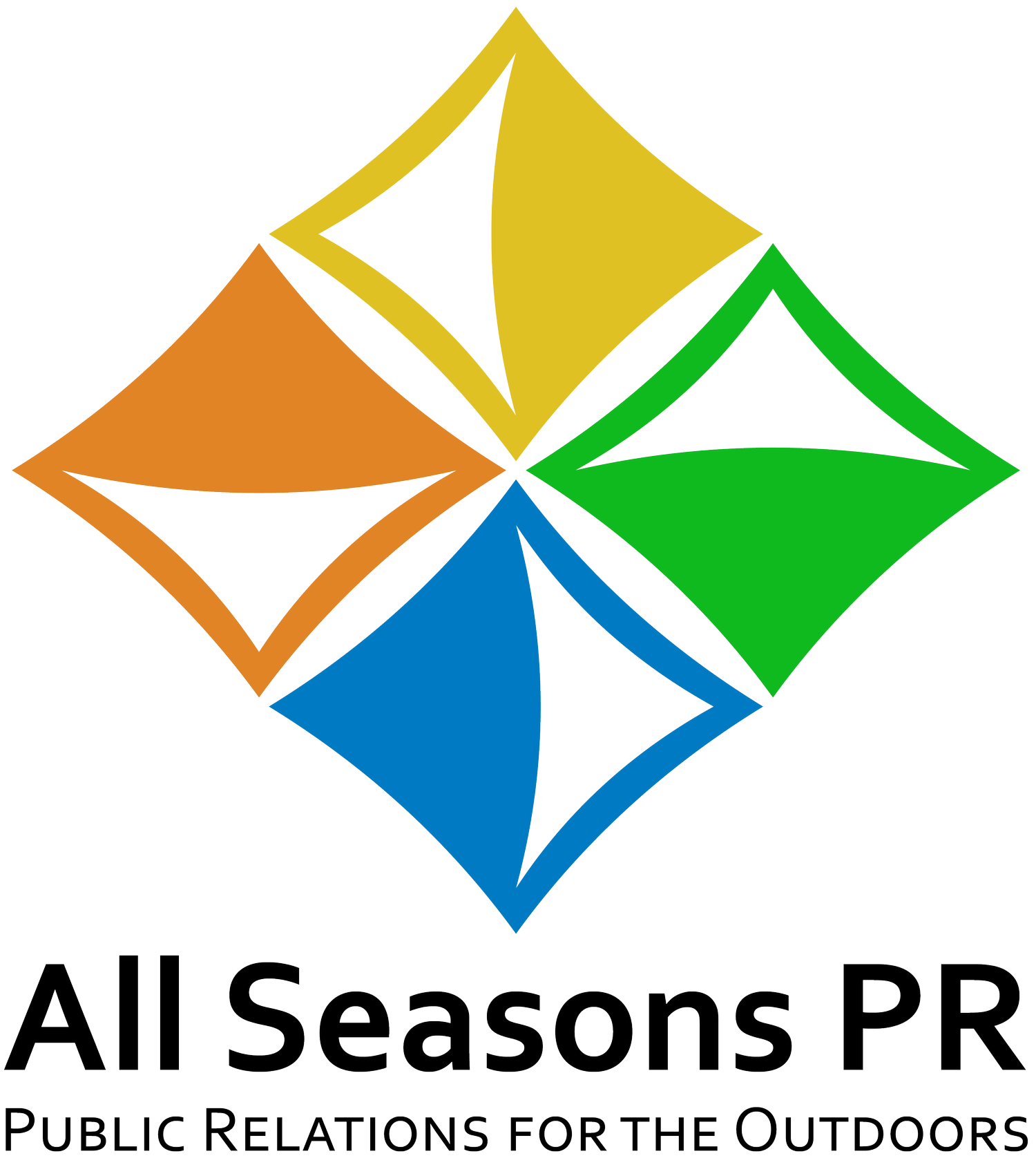Fauci to students: The future of science is with you
COVID19 Underscores Need for Science Education
Dr. Anthony Fauci speaks to students at the 2015 X-STEM symposium. Photo: USA Science and Engineering Festival
The sixth USA Science and Engineering Festival was scheduled to take place in the nation’s capital from April 24-26, 2020. Instead, the Washington Convention Center, where previous festivals took place, will be converted into a field hospital if needed for COVID19 patients in the District of Columbia.
The festival is the largest of its kind in the country, drawing more than 370,000 K-12 students, parents, and teachers from across the nation for three days of engaging exhibits. It offers the opportunity to see rock stars in STEM careers (science, technology, engineering and math) like Bill Nye the Science Guy, astronauts, pilots, oceanographers, doctors and health researchers, inventors of all types, and even robots. I worked at all five previous festivals and was amazed by their size, scope, and enthusiasm levels.
At a related event in 2015, Dr. Anthony Fauci, Director of the National Institute of Allergy and Infectious Diseases, spoke to students at the X-STEM festival on “From HIV to Ebola: Always Expect the Unexpected.” Ironically, this year the nation is combating the COVID19 pandemic, Dr. Fauci is now a household name, and we are dealing with the unexpected.
Although the 2020 festival is postponed, it highlights the importance of STEM to our nation’s wellbeing. These examples illustrate why:
SCIENCE
Science is the pursuit of understanding of the structure and behavior of the physical and natural world through observation and experimentation. Some science is purely theoretical and cannot be tested through experimentation.
In practical terms related to COVID19, examples of the conduct of science include studying how the virus affects the respiratory system or interacts with the immune system. It includes developing and testing a safe and effective vaccine. Scientists sequenced the COVID19 genome, its genetic code, in January ([i] [ii]), and since then researchers around the world have been digging deeper to learn how COVID19 functions, how to prevent its transmission, and how to treat its symptoms.TECHNOLOGY
The tools manufactured or used throughout the process. Examples include developing the chemical reagents to process nasal/throat specimens to see if someone tests positive for the coronavirus, the testing equipment itself, the heart/lung monitoring machines, the ventilators used to help patients breathe, and the technology used to conduct genetic sequencing.
ENGINEERING
The foundational designs for the equipment or how it operates. Engineering skills are necessary to design, manufacture, build, and/or operate things. Examples include computer science, electrical, mechanical, or civil engineering. Think of what it takes to build that equipment or field hospitals.MATH
Writing, running, and understanding the computer models. The calculations can help project timelines for various phases of the infection. They can help us understand probabilities and what exponential growth means in the spread from one person to thousands, or how population density may affect the virus’ spread. In turn, we can estimate the number of hospital beds that might be needed, or watch for a flattening of the curve.
The purpose of events like the USA SciFest is to inspire the next generation of STEM leaders, and at a minimum, grow a STEM-literate society with critical thinking skills in touch with societal needs. As COVID19 demonstrates, STEM is critical to our wellbeing, and as Dr. Fauci told his young audience, “The future of science is with you.” Maybe one of today’s fifth graders will find the cure for the next big “unexpected” public health crisis.
“The future of science is with you.”
[i] https://www.asianscientist.com/2020/02/topnews/china-coronavirus-covid-19-study/
[ii] https://www.thelancet.com/journals/lancet/article/PIIS0140-6736(20)30251-8/fulltext



